Modern Times: The untold story of modernism in Australia
Theatre of representations
A conceptually sophisticated introduction by curator Ann Stephen, architectural historian Philip Goad and art historian Andrew McNamara sets up the framework for this collection. It argues that Australia must be seen as a ‘theatre of representations’. Modernist ideas, it suggests, impacted upon the making of diverse forms across a range of media that crossed specific discipline boundaries. This argument challenges the previous accounts of Australian modernism, which tended to stress a ‘formalist, insular approach’. The introduction also opposes the previous ‘mimetic and imitative accounts’ that stressed the ‘parochial’ relationship between the metropolitan centres of London, Paris and New York on the one hand, and Australia on the other. Previous accounts also failed to acknowledge the complex and contradictory nature of Australian modernism that emerges in Modern Times. Bernard Smith’s Australian Painting (1962) for example, was notable when it was first published because it emphasised the significance of Australian painting during an era in which the focus was upon modernist art produced within the metropolitan centres of New York and London. However, Smith’s historical narrative is limited to the fine arts practice produced by (in the main) male settler Australian artists.
Continue reading for only $10 per month. Subscribe and gain full access to Australian Book Review. Already a subscriber? Sign in. If you need assistance, feel free to contact us.



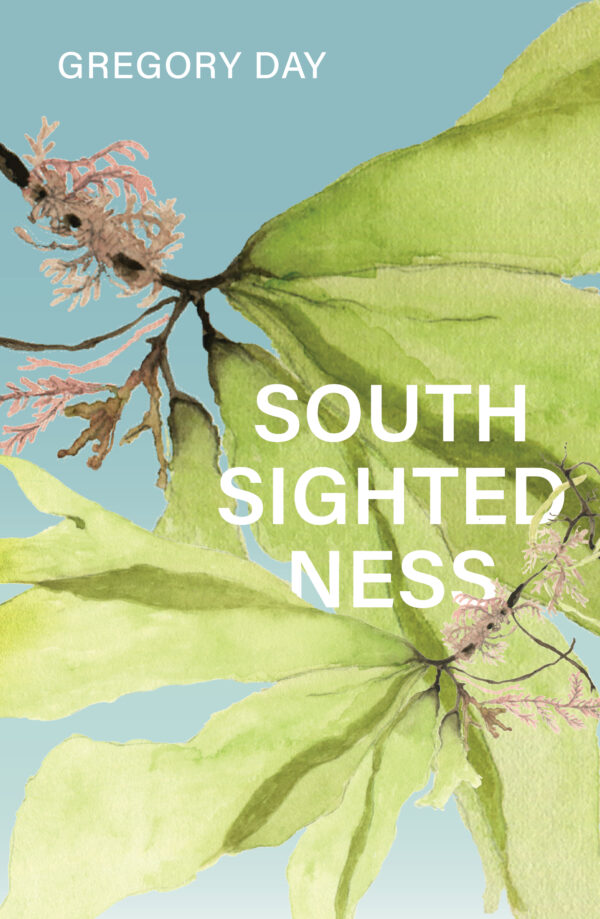
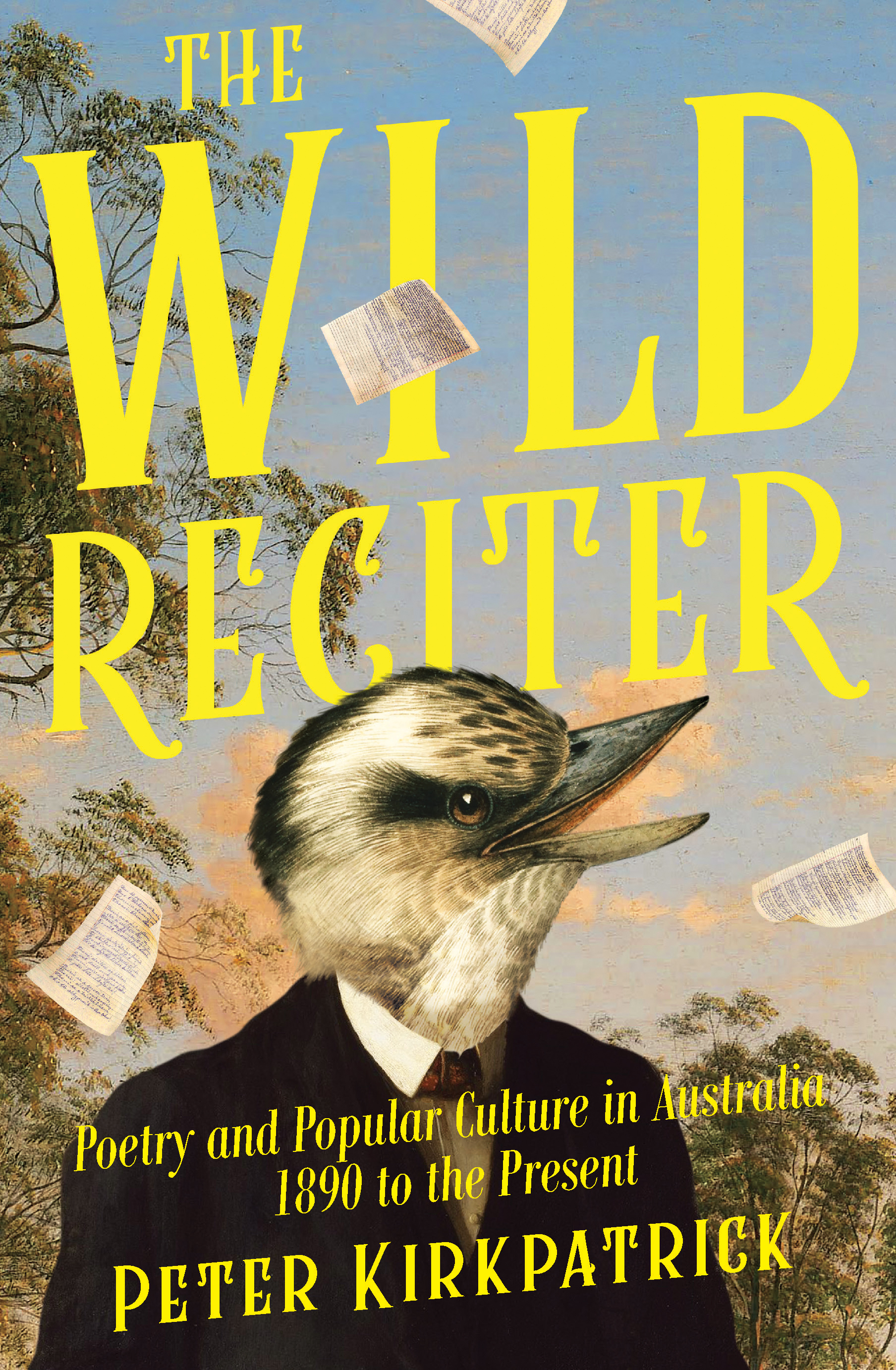
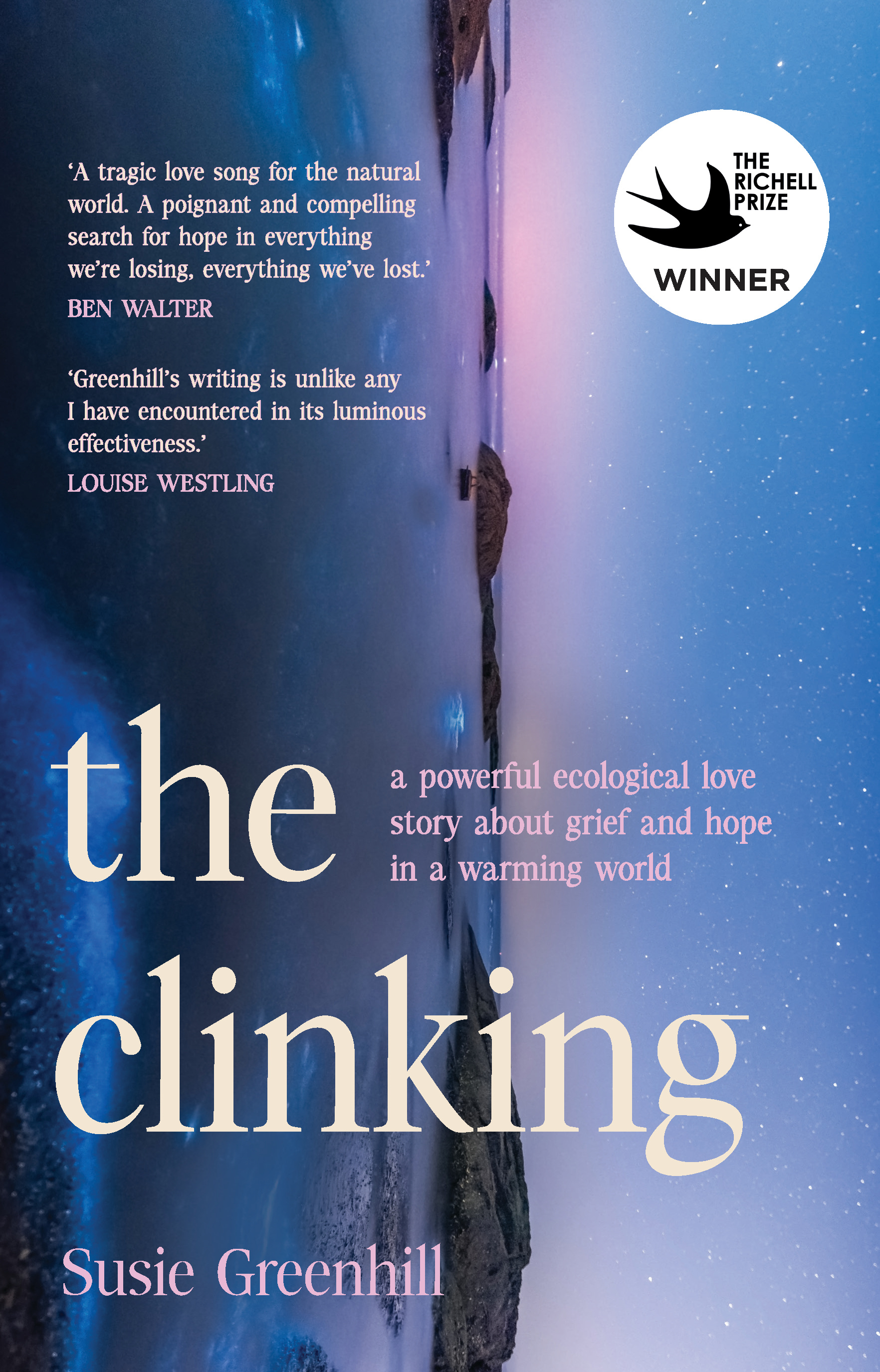

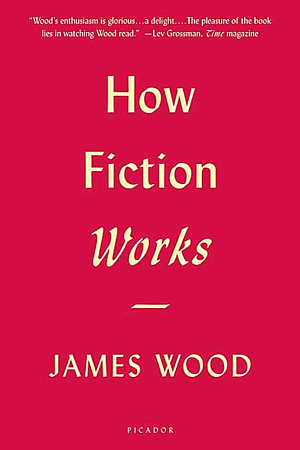






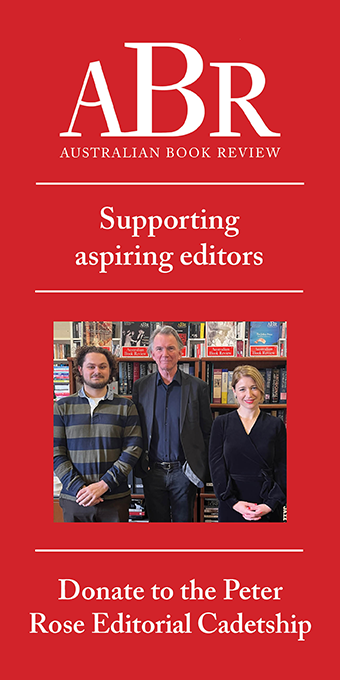
Leave a comment
If you are an ABR subscriber, you will need to sign in to post a comment.
If you have forgotten your sign in details, or if you receive an error message when trying to submit your comment, please email your comment (and the name of the article to which it relates) to ABR Comments. We will review your comment and, subject to approval, we will post it under your name.
Please note that all comments must be approved by ABR and comply with our Terms & Conditions.